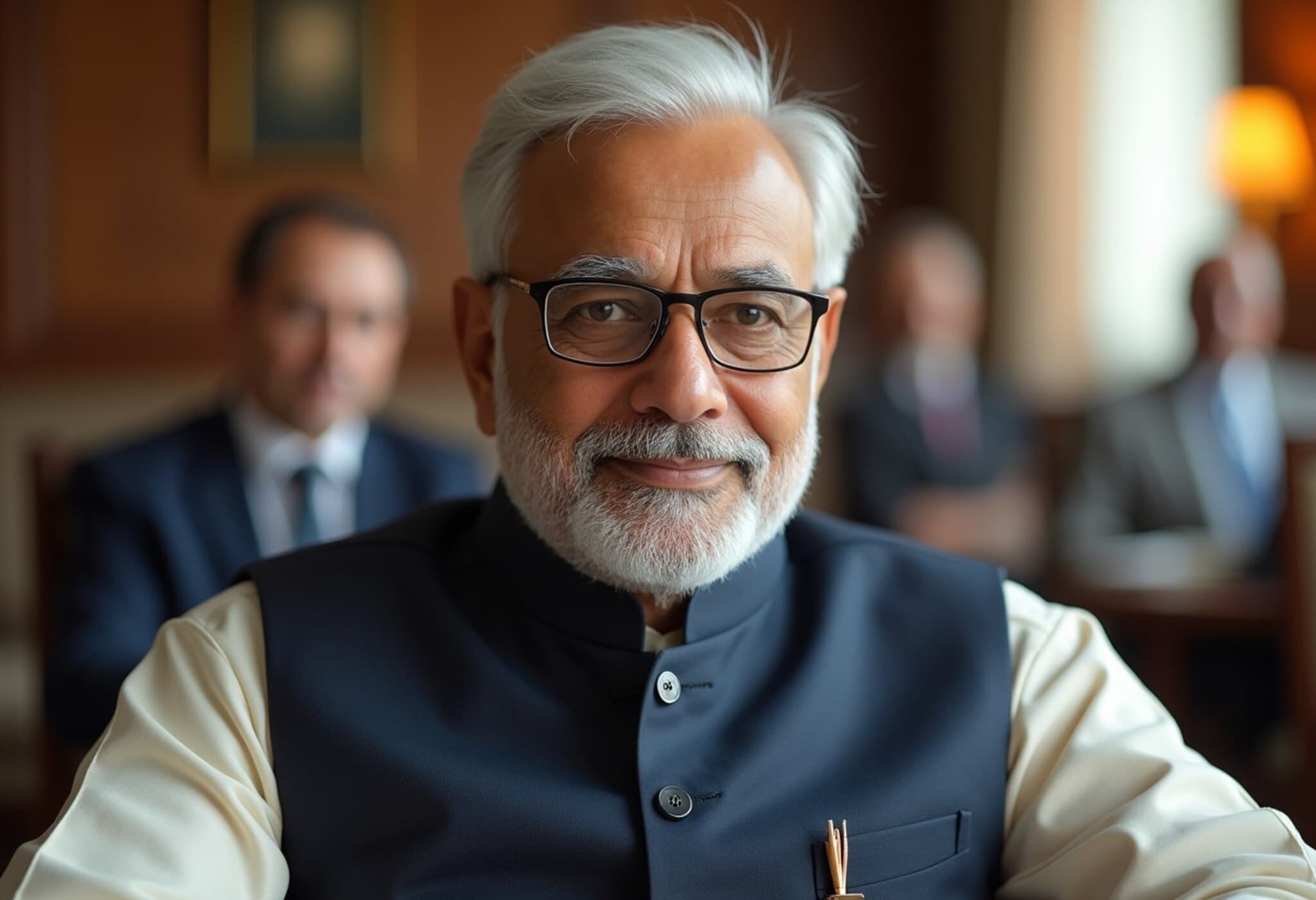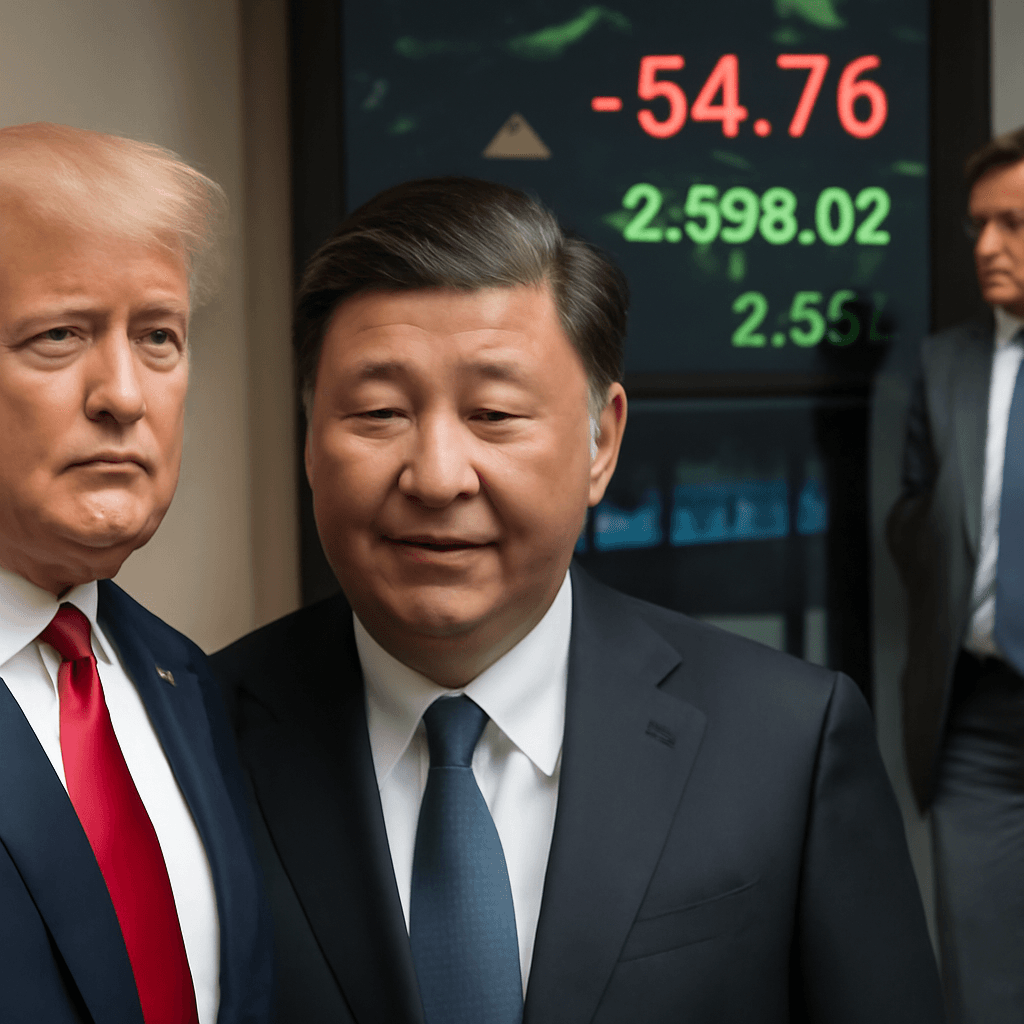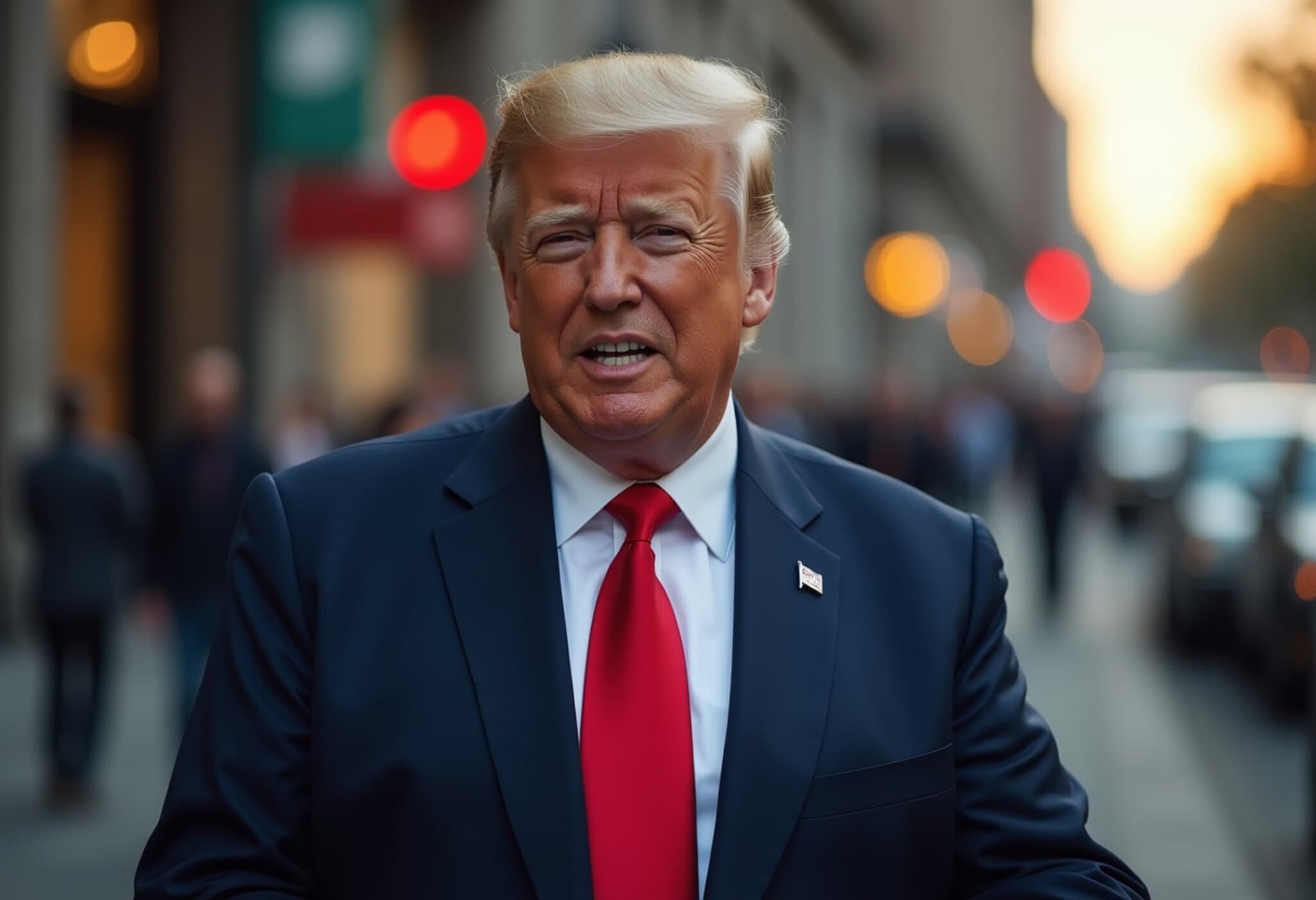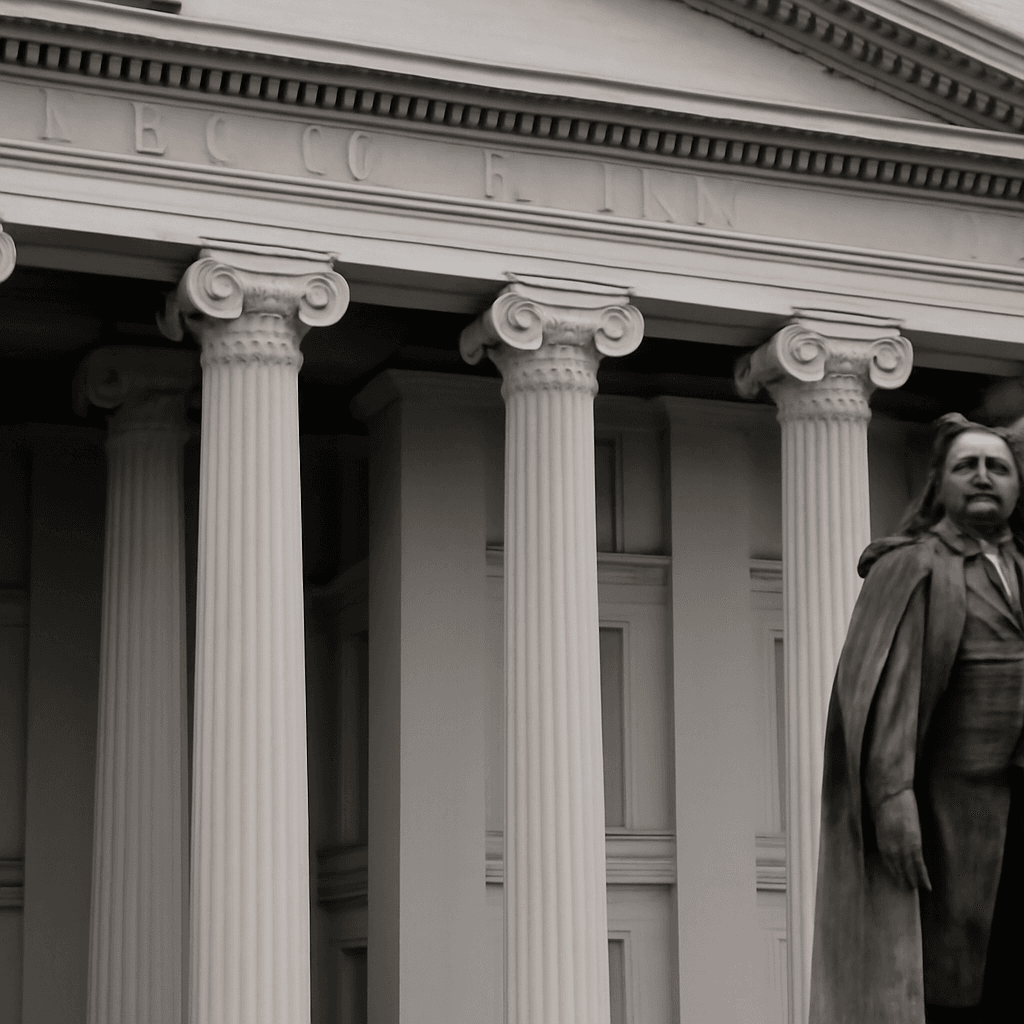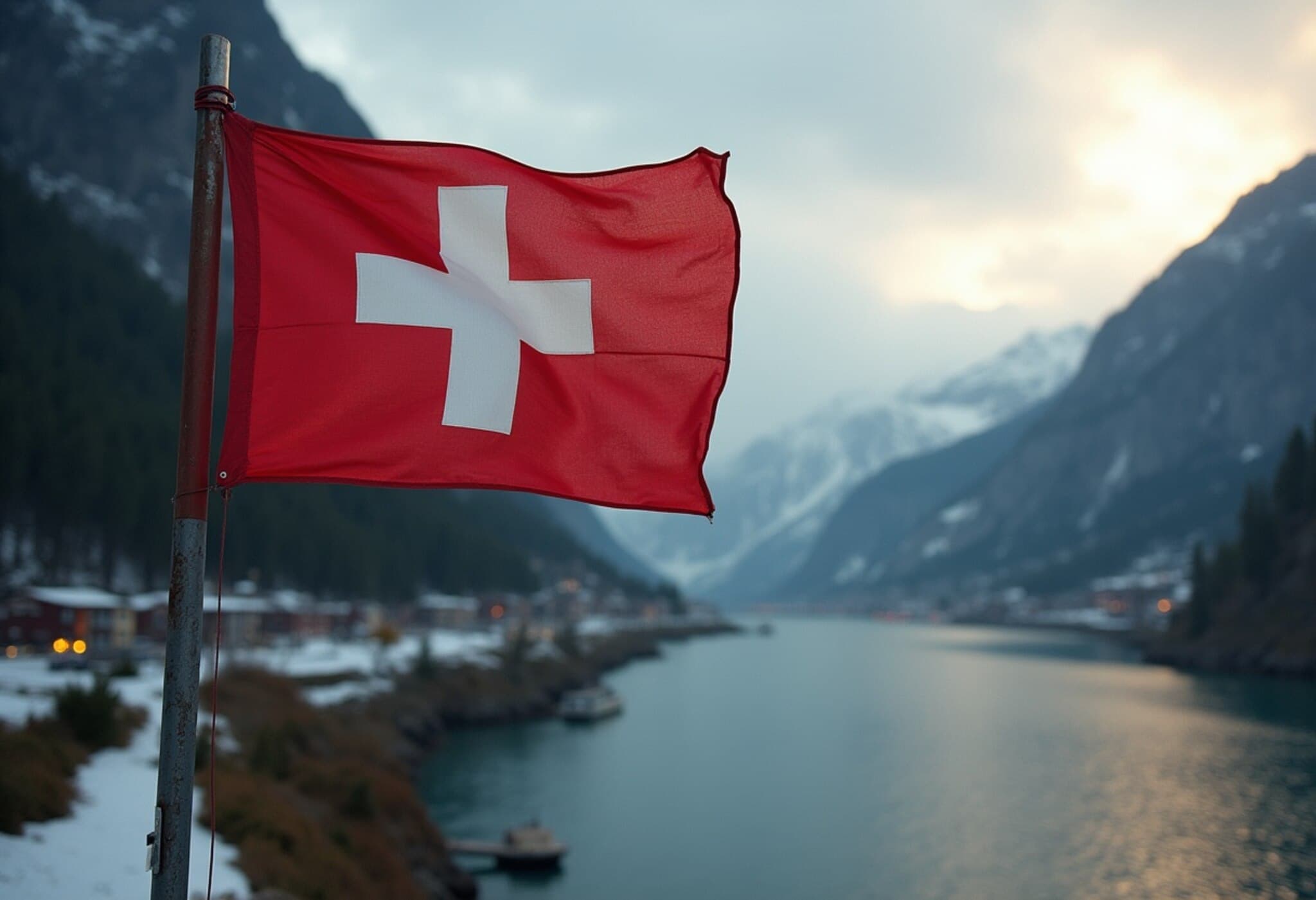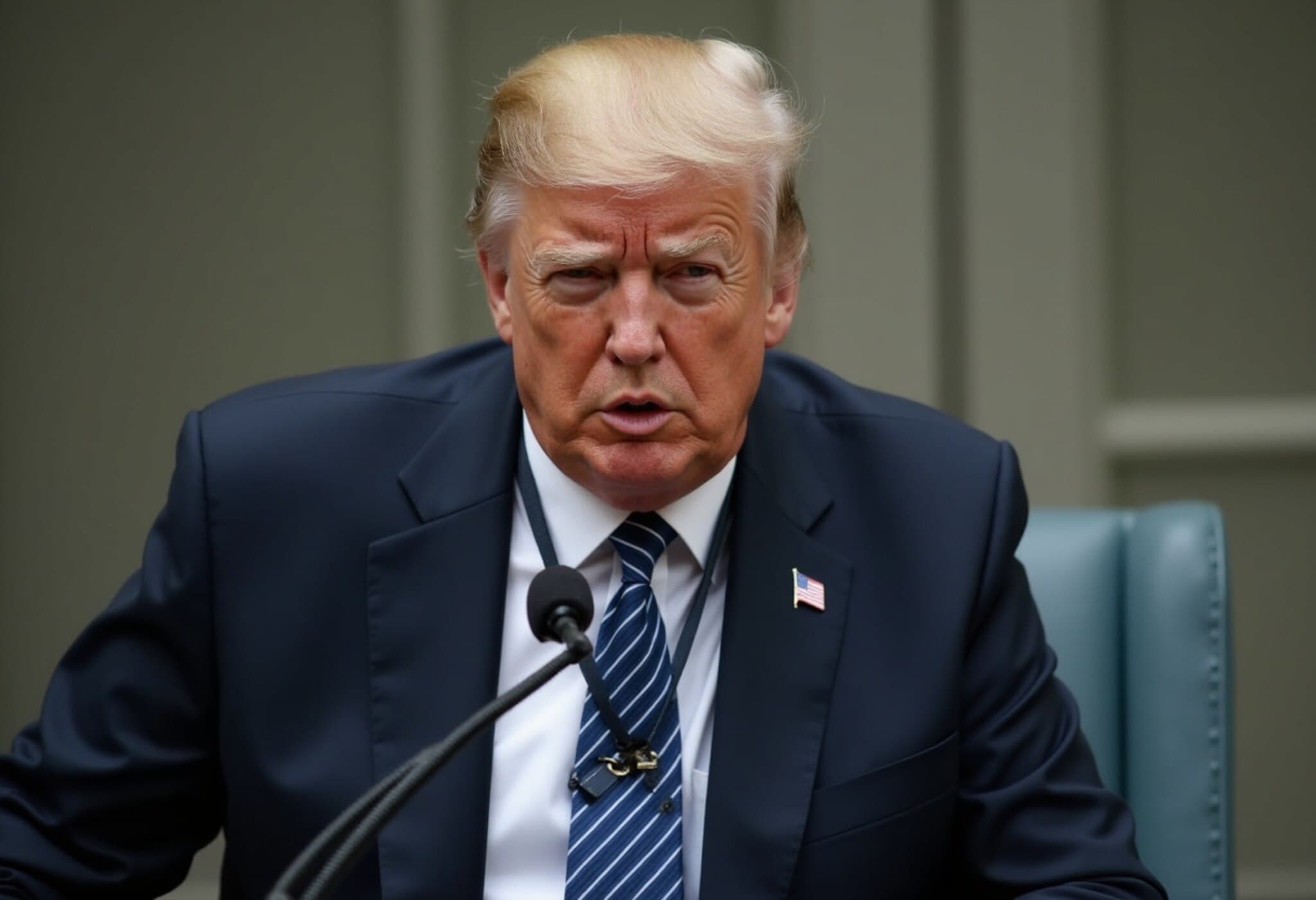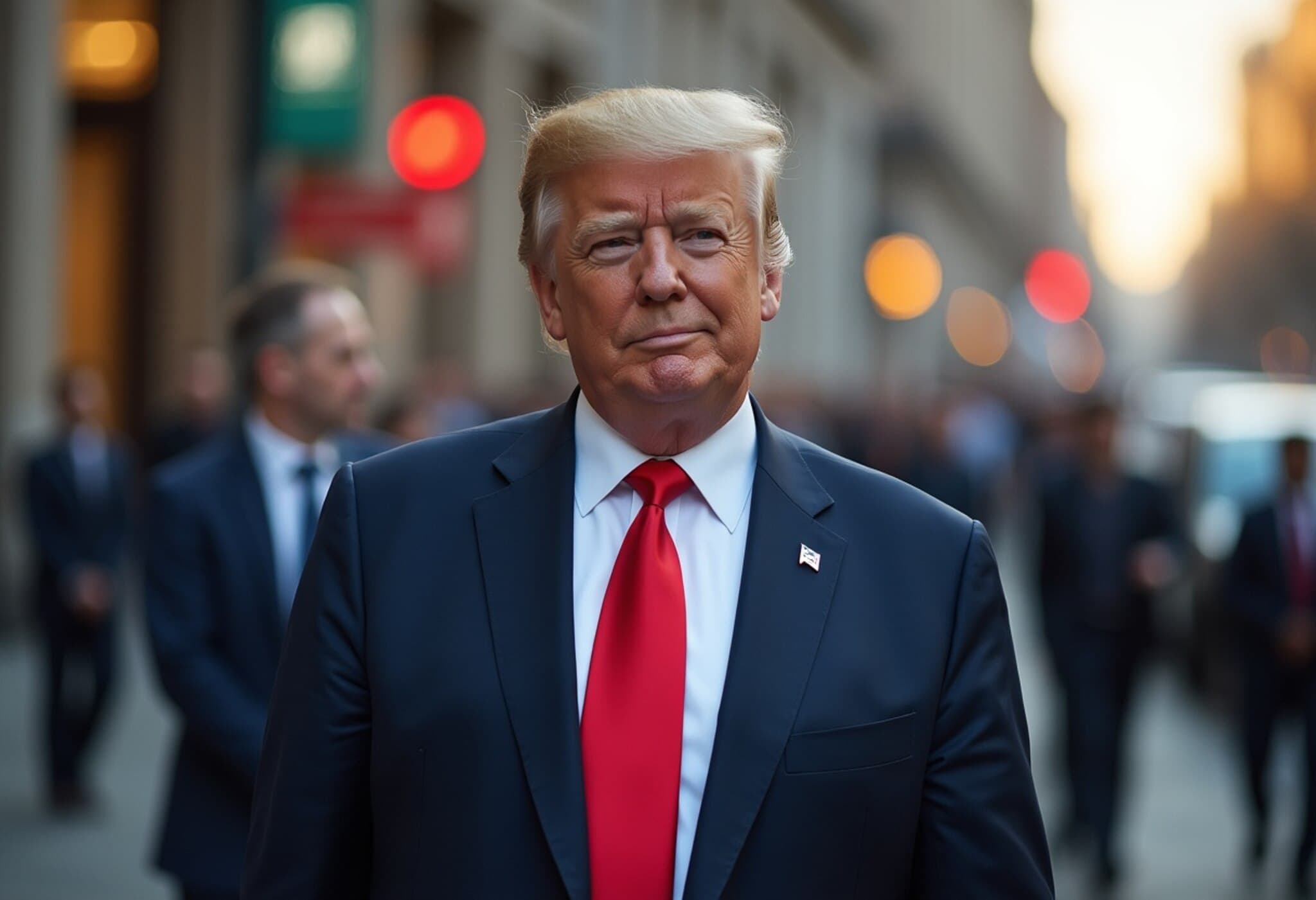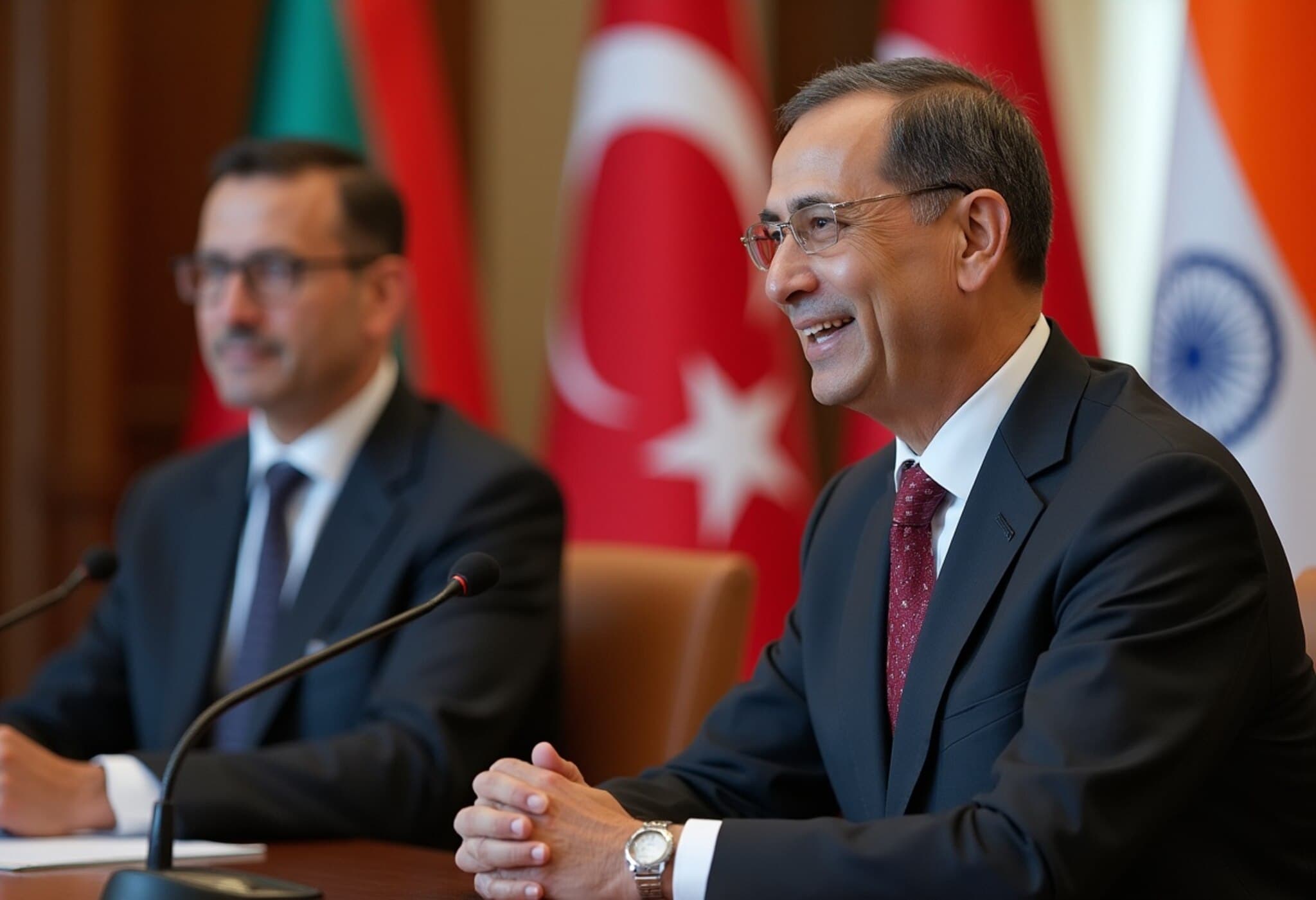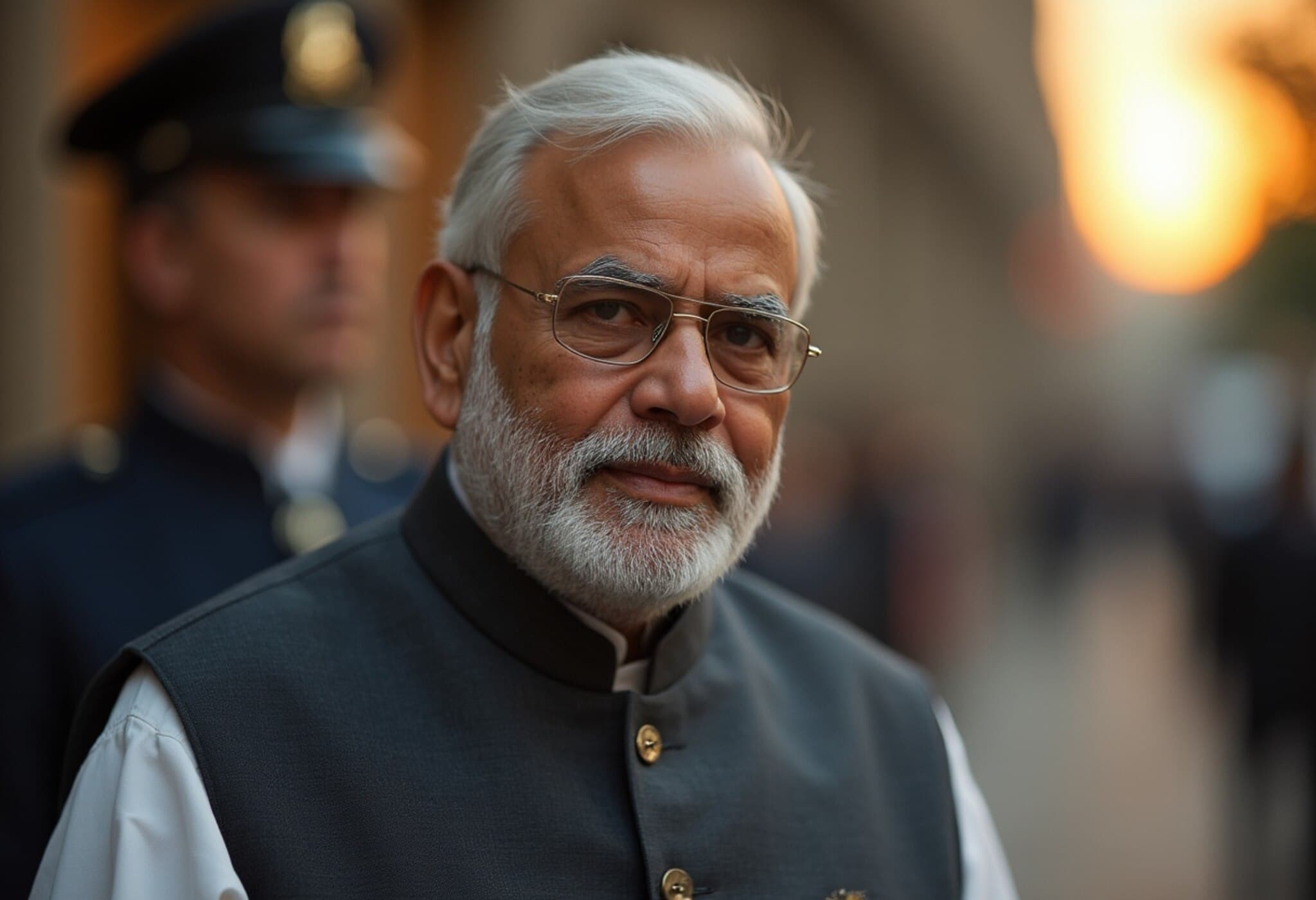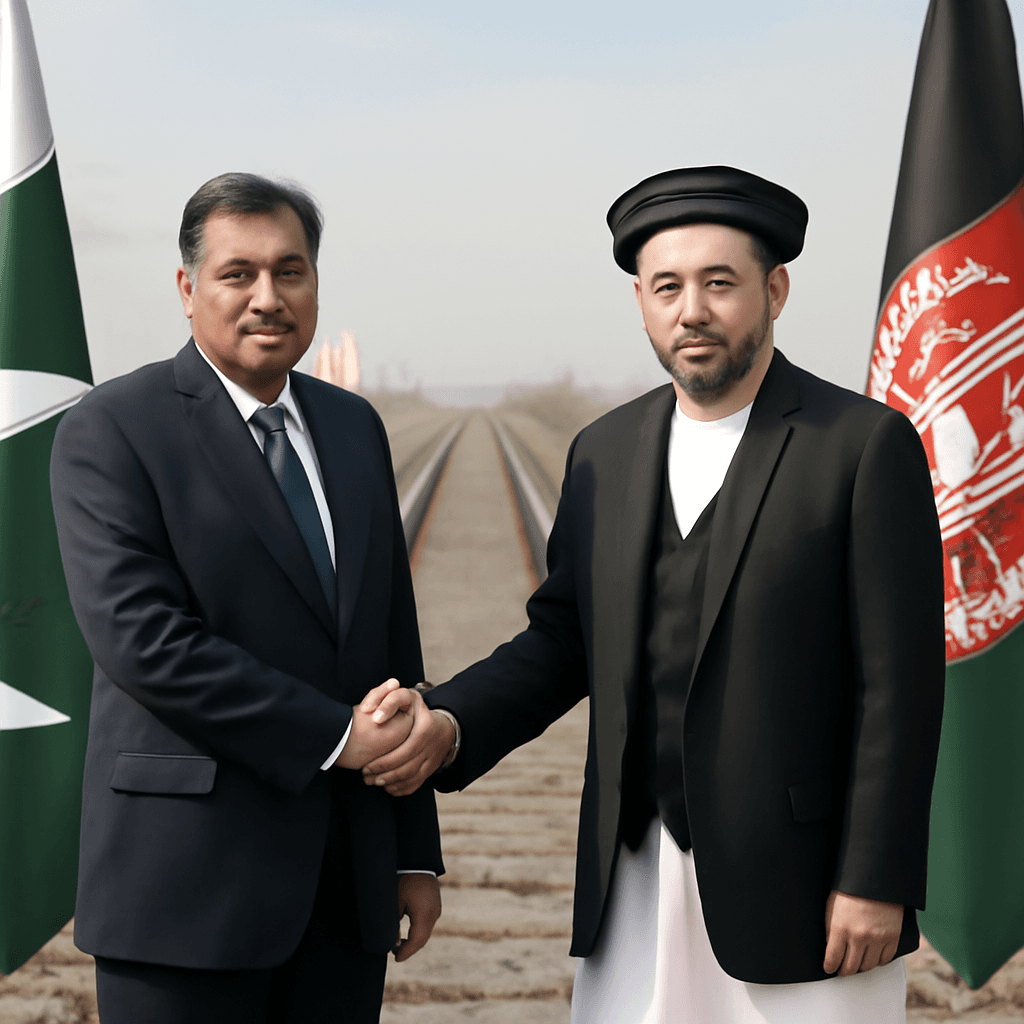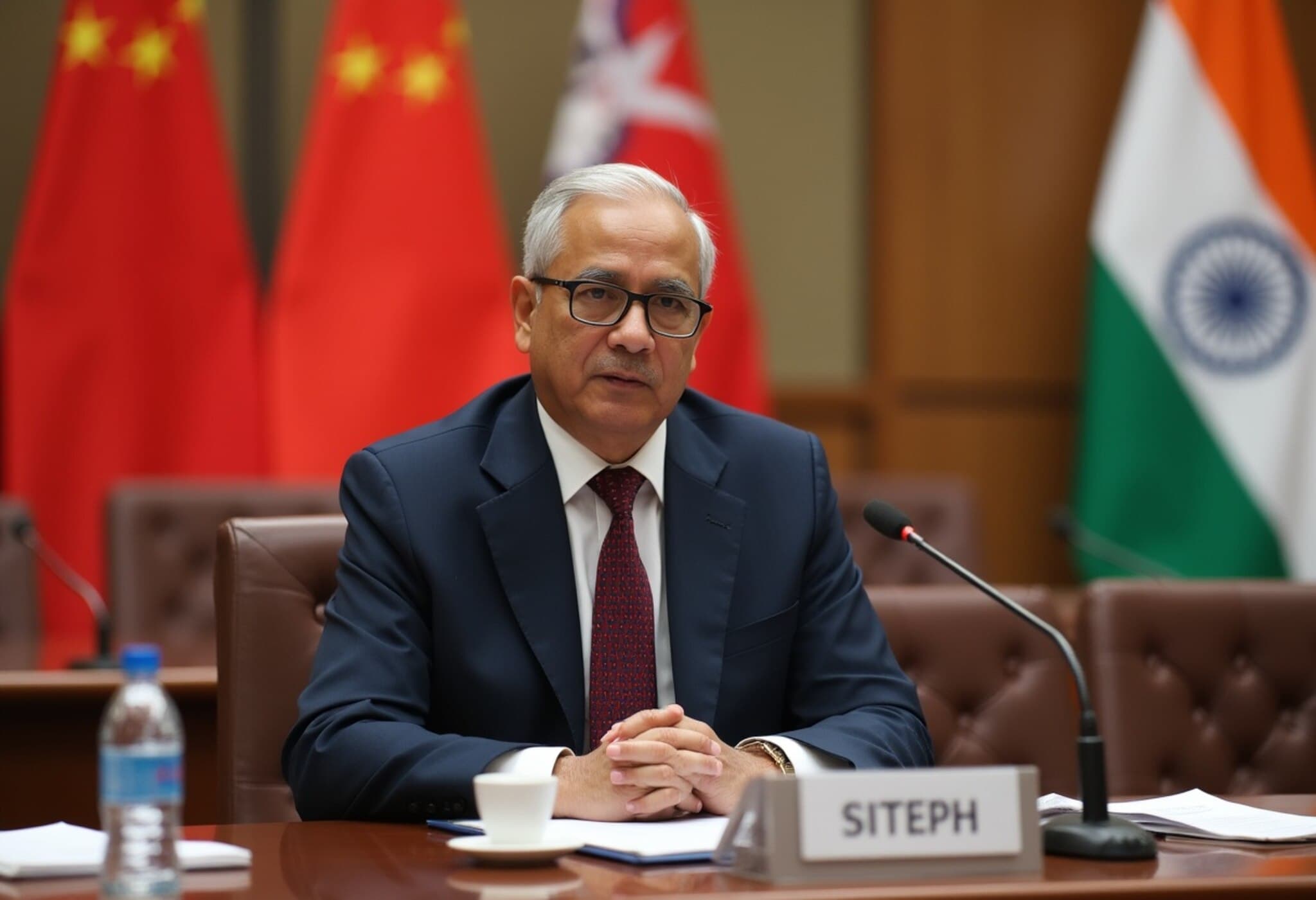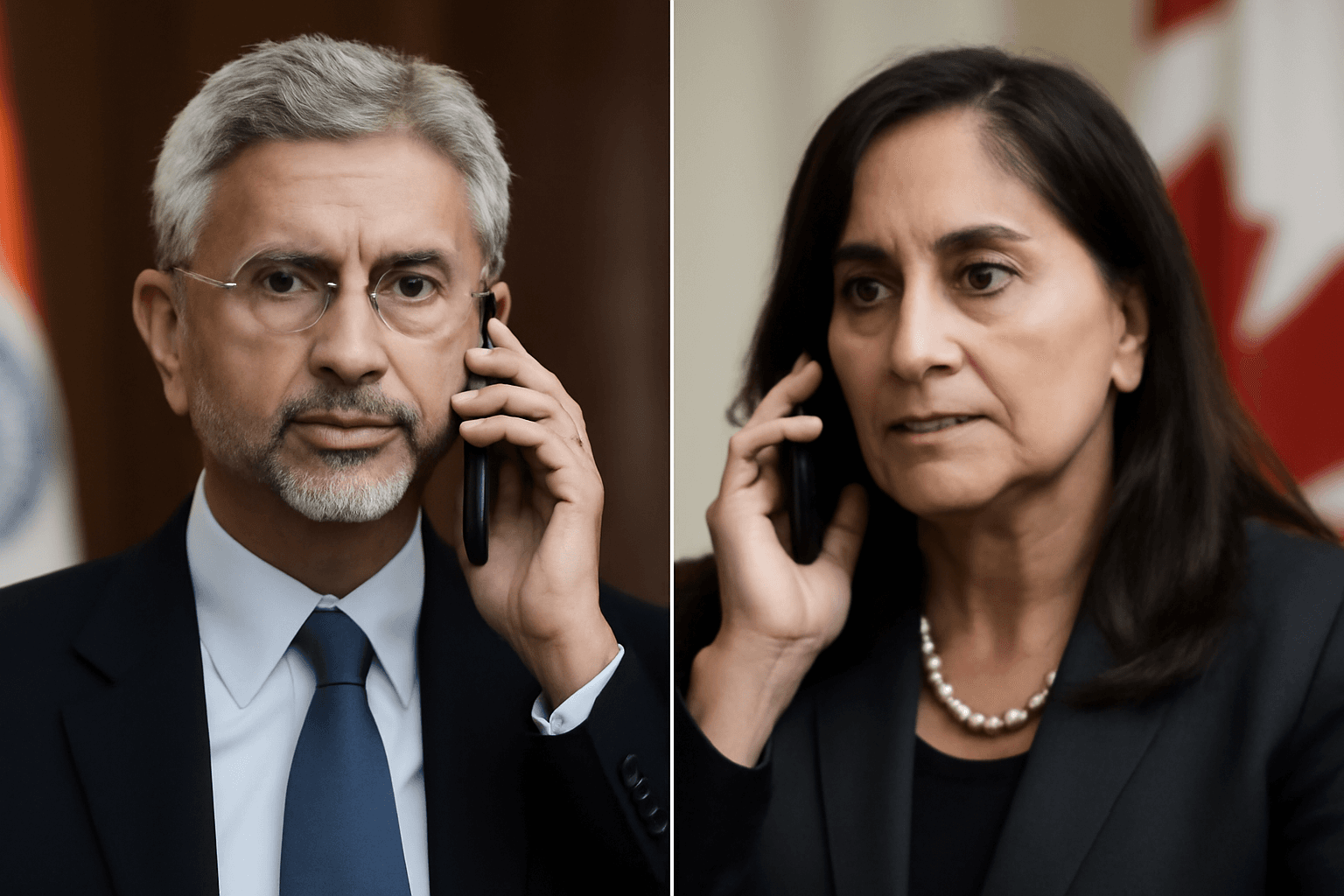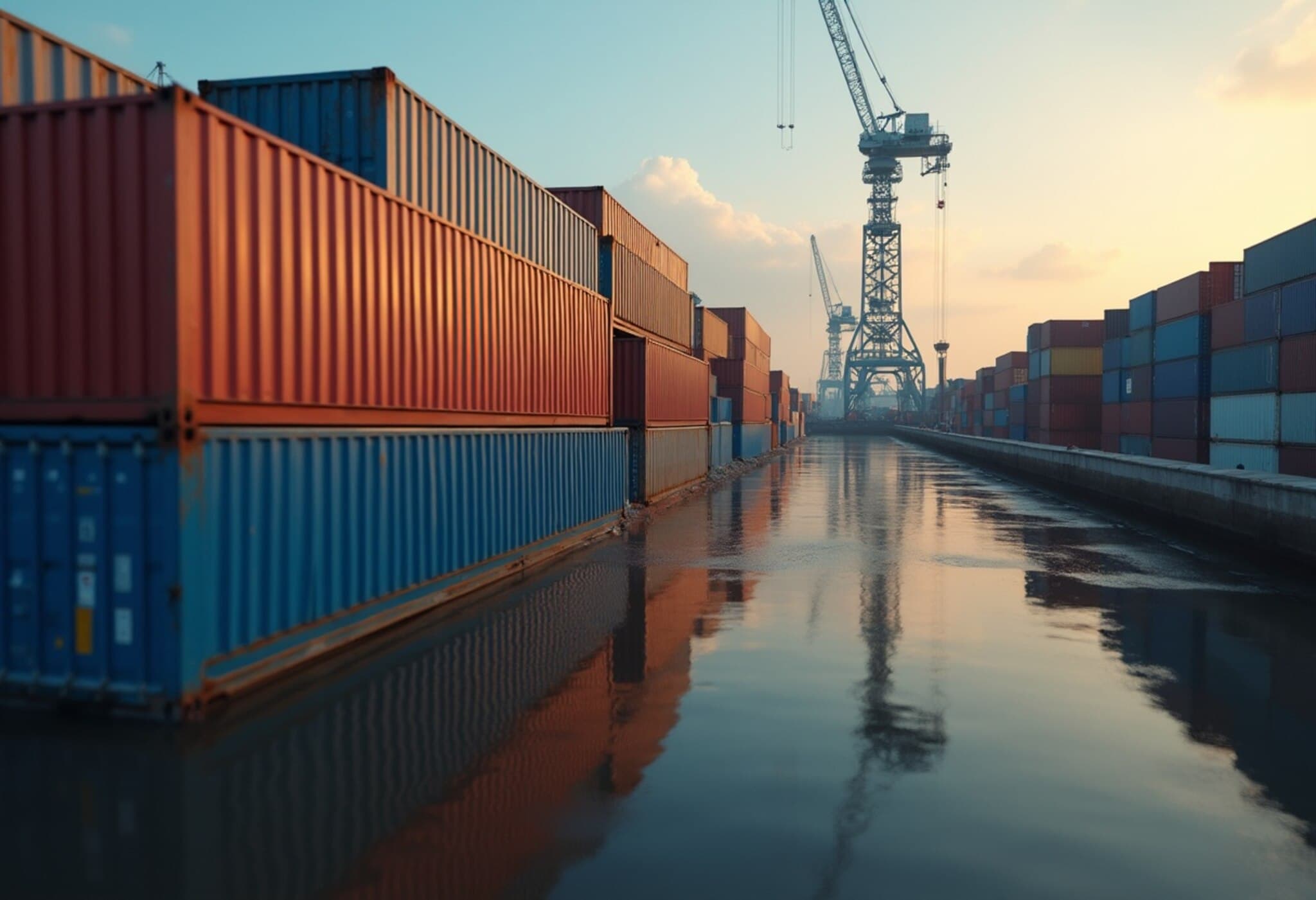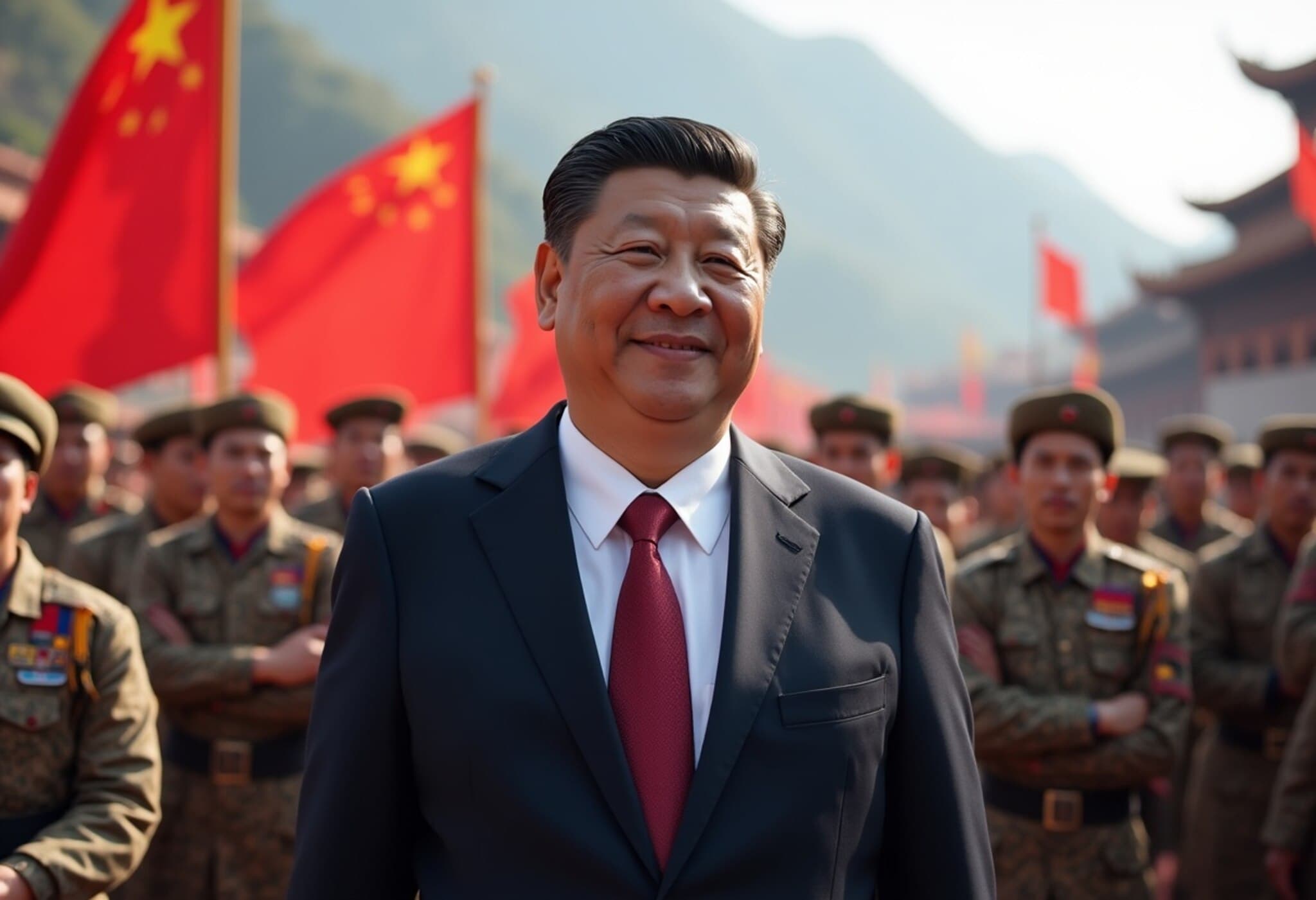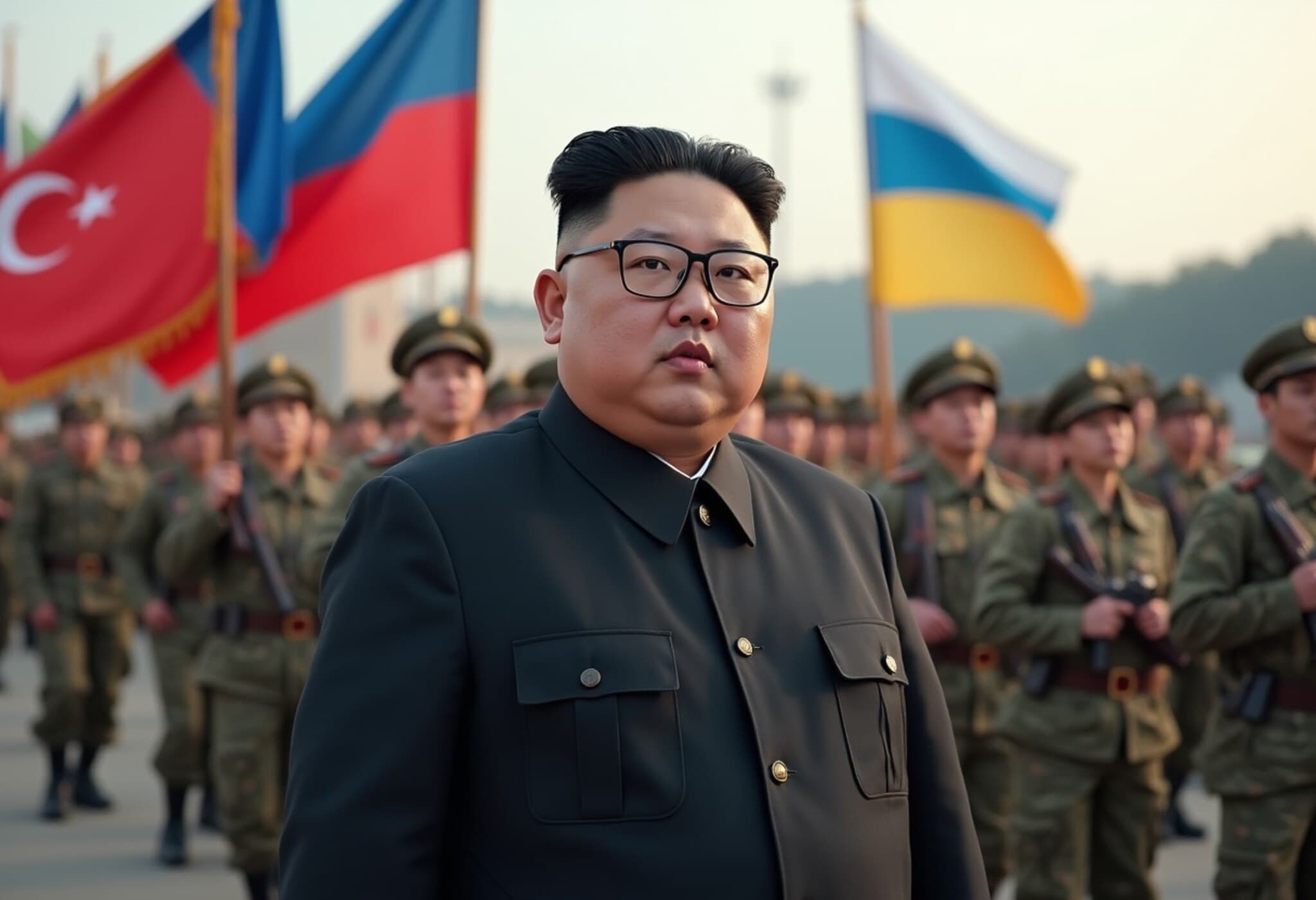Rising Trade Between India and Russia Signals Economic Opportunities and Challenges
During the 26th India-Russia Inter-Governmental Commission for Trade, Economic, Scientific, Technological, and Cultural Cooperation (IRIGC-TEC) held in Moscow, External Affairs Minister S. Jaishankar sounded an alarm over a rapidly expanding trade imbalance between the two nations. Despite bilateral trade in goods skyrocketing more than fivefold from $3 billion in 2021 to a staggering $68 billion in 2024-25, the growth is shadowed by a disproportionate trade deficit.
Trade Growth Outpaced by Soaring Imbalance
Jaishankar highlighted that while trade volume is flourishing, the trade imbalance has ballooned nearly nine times within the same period, surging from $6.6 billion to approximately $58.9 billion. This widening gap raises pressing concerns for both governments as the growth trajectory threatens to undermine economic stability and mutual benefit.
“We have seen remarkable growth in trade that reflects the strong ties between India and Russia; however, the trade imbalance demands urgent and coordinated action,” Jaishankar emphasized. Experts point out that such asymmetry could strain diplomatic relations and complicate negotiations, especially amid complex global geopolitical dynamics.
Strategic Roadmap to Deepen Economic Cooperation
Addressing the commission, Jaishankar outlined a robust framework to deepen bilateral economic engagement. Key priorities include:
- Eliminating tariff and non-tariff barriers to smooth trade flows.
- Resolving logistical bottlenecks that hinder efficient transport and delivery.
- Enhancing regional connectivity through multi-modal corridors such as:
- The International North-South Transport Corridor (INSTC), which shortens freight routes connecting India to Russia and Europe.
- The strategic Northern Sea Route, enabling faster maritime navigation via the Arctic.
- The Chennai-Vladivostok maritime link, strengthening India’s eastern seaboard ties to Russia’s Pacific gateway.
Further, Jaishankar called for streamlined payment methods and urged the expeditious implementation of the Programme of Economic Cooperation through 2030. Critical to this is accelerating talks on the India-Eurasian Economic Union Free Trade Agreement, whose terms of reference were formalized during the meeting.
Business Engagement and Geopolitical Context
The Minister underscored the necessity of regular, active engagement between Indian and Russian businesses to not only address the trade imbalance but to reach the ambitious $100 billion bilateral trade target by 2030. This target aligns with broader strategic goals underpinning the Special and Privileged Strategic Partnership that has seen close, high-level cooperation despite international headwinds.
Given the complex geopolitical environment, including shifting alliances and trade policies, the resilience and visionary coordination between India and Russia have been commendable. Jaishankar noted that the leaders of both countries maintained close contacts last year through two in-person meetings, providing solid guidance for deepening ties.
Beyond Trade: Symbolism and Strategic Dialogue
On his three-day visit, Jaishankar also engaged with Russian scholars and think tanks, exchanging views on contemporary global issues and India-Russia relations. These dialogues enrich policy perspectives beyond mere commerce, fostering mutual understanding.
In a poignant moment, Jaishankar paid homage at Moscow’s Tomb of the Unknown Soldier, underscoring the historical bonds forged between the nations.
Implications for Indo-US Relations and Global Diplomacy
India’s growing trade engagement with Russia unfolds amid strained ties with the United States, notably after increased US tariffs on Indian goods and sanctions linked to Russian crude oil imports. This complex backdrop places India at a crossroads balancing economic interests with global diplomatic pressures.
Looking ahead, a potential meeting between Prime Minister Narendra Modi and Russian President Vladimir Putin at the SCO Summit, alongside possible visits, signals intent to reinforce high-level collaboration despite geopolitical turbulence.
Expert Analysis: Navigating Dual Realities
From an economic policy perspective, the burgeoning trade imbalance raises critical questions: How can India safeguard its trade interests without compromising strategic autonomy? What mechanisms can ensure balanced, equitable trade that supports domestic industries while nurturing international partnerships?
Moreover, connectivity projects like INSTC and the Chennai-Vladivostok link not only enhance trade efficiency but carry geopolitical significance, offering India alternative routes to Europe and Asia that bypass traditional choke points.
Policy analysts observe that swift resolution of trade barriers and payment issues will be instrumental in maintaining momentum. They also highlight that diversification of trade partners and products will be essential to mitigate concentration risks.
Looking Forward
The India-Russia economic relationship stands at a pivotal juncture: a partnership rich with opportunities yet fraught with challenges demanding nuanced, strategic approaches. Success will depend on pragmatic policymaking, deepened business cooperation, and resilient diplomacy aligned with evolving global realities.
Editor's Note:
The dramatic rise in India-Russia trade presents a powerful narrative of emerging economic ties reshaping global connections. However, the widening trade imbalance is a cautionary tale urging both governments to act decisively, not only to maintain mutual gains but to steer this partnership through a turbulent geopolitical landscape. Readers are invited to consider how these developments reflect broader shifts in international trade and diplomacy, and the choices nations face balancing economic pragmatism with strategic sovereignty.

